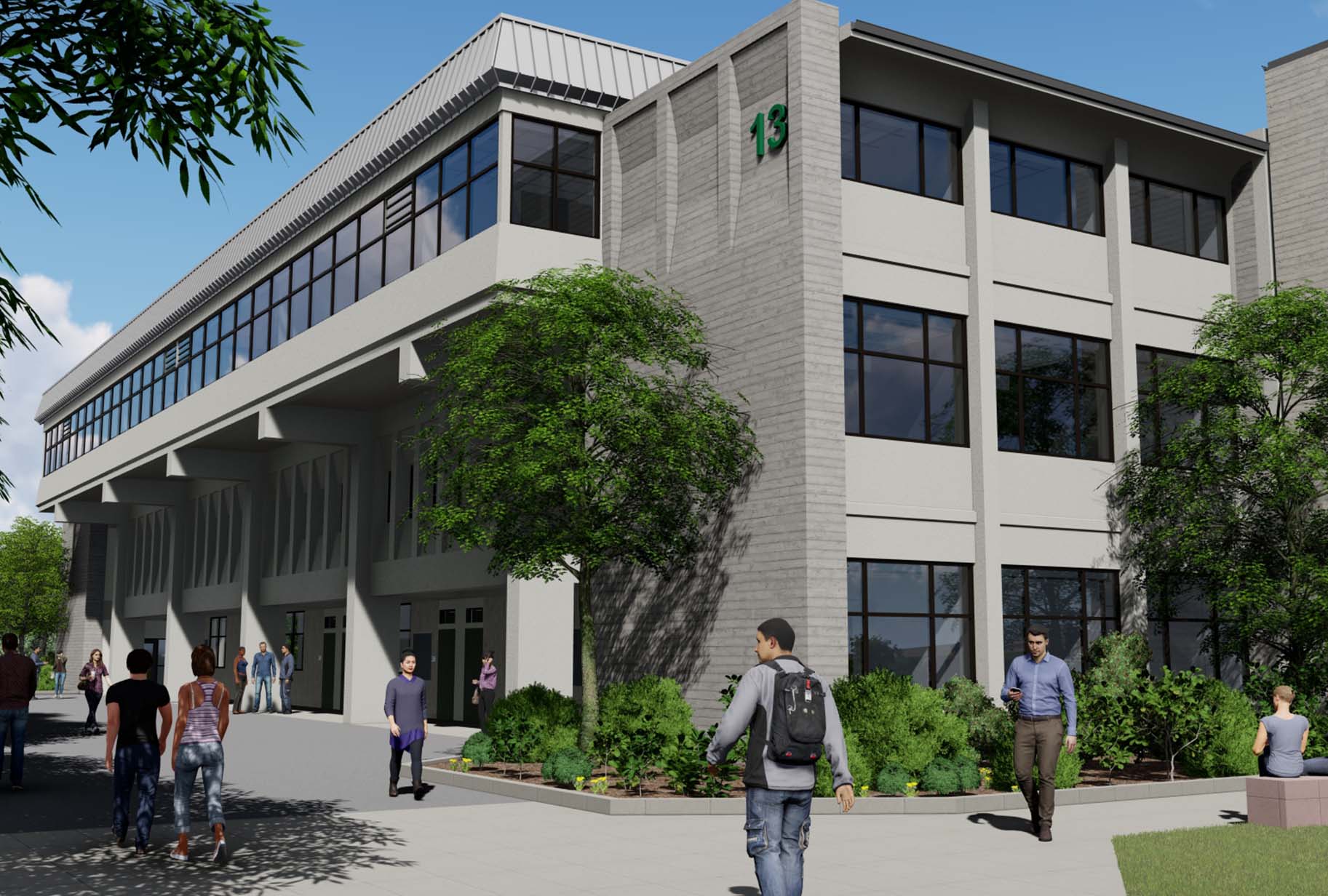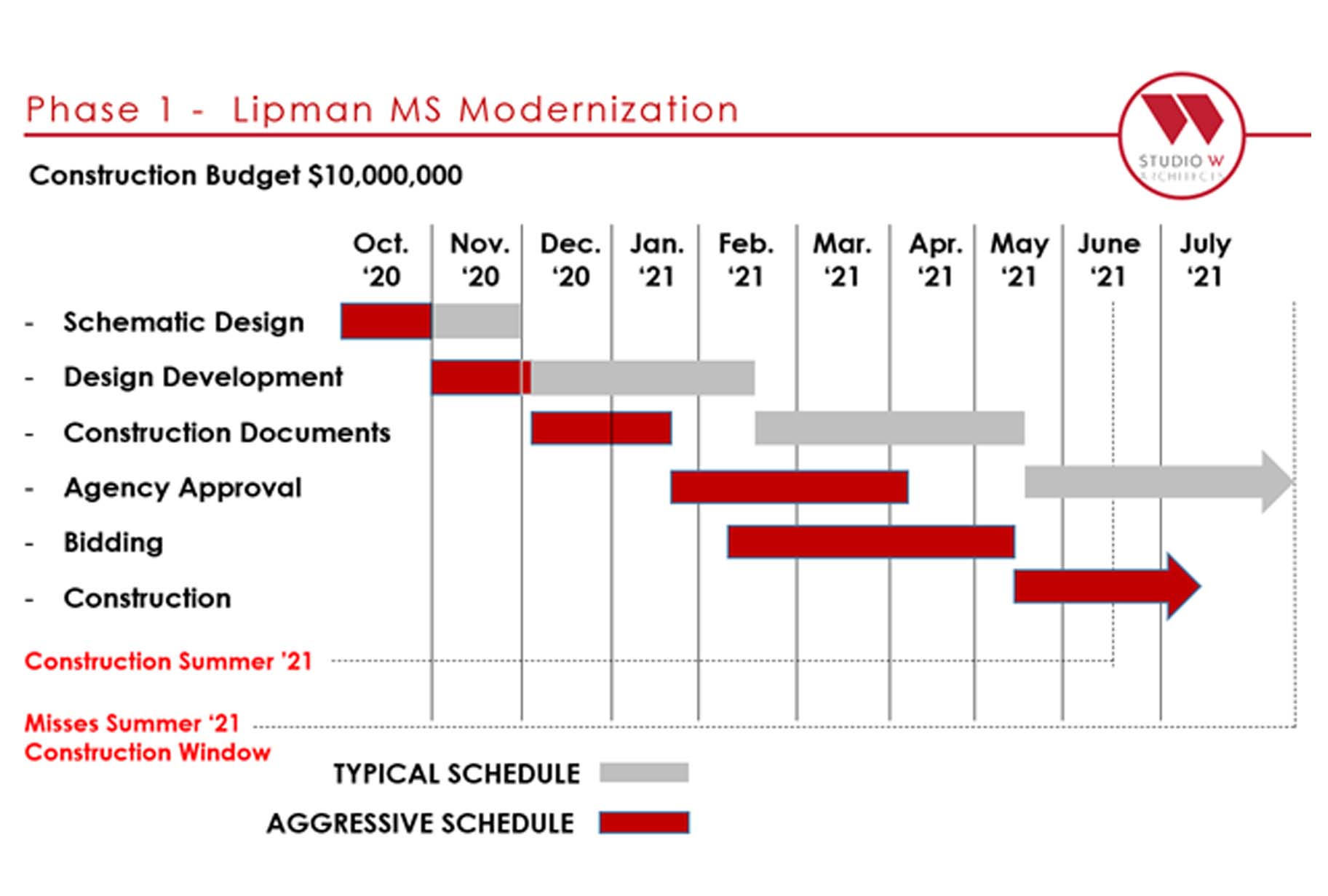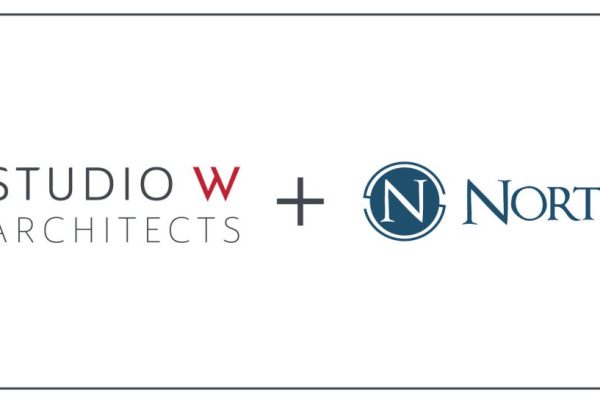Every project these days is seemingly trying to beat the escalating market, meet funding deadlines or open in time for the first day of school, which is often accomplished by compressing the design schedule. In order to meet these increasingly aggressive schedules and deadlines, it is critical to take advantage of available time saving resources and processes. The goal for all fast-paced architectural projects is to balance speed with the quality of the design and the documentation. There are several keys to success for managing architectural projects to aggressive schedules.
Be prepared. There is typically a lag between the time that we know we will be approved for a project with a compressed schedule and when we receive the notice to proceed. It is critical to set up the project execution plan during that time. Project staffing needs for the project accordingly. Less time to complete the work will likely require additional staff dedicated to the project. Most projects will require the services of specialty consultants at project initiation, giving potential consultants advanced notice of a request for proposal will typically shorten their response time.
Set client expectations. It’s important to understand the impact of accelerating a schedule and the affects it can have on other areas of the project. We can typically work as quickly as we can get answers and approvals. As architects, it is our responsibility to provide as much back-up information as possible so that clients can make informed decisions. The ability to be decisive and respond quickly are imperative to maintaining the schedule of a fast-track project. Approvals are typically required at each phase, so providing clients with the required deliverables and expectations is also key.
Communicate early & often. Communicate the project schedule to design consultant teams before they are brought on board. It helps set the expectation that deliverables will come quickly, and additional communication, coordination and resources will be required. Utilize technology, such as BIM, Bluebeam and Adobe Acrobat Pro, for instant and thorough coordination and communication. Fast-track projects require immediate responses to questions and coordination elements whenever possible. Setting up a Bluebeam session for real-time collaboration and coordination cuts the lag time of working through emails.
- Canada College Building 13 Multiple Program Modernization | San Mateo County Community College District
Representative projects Tony Pacheco-Taylor has been involved with at Studio W Architects
Top Left: Santa Ana Scholarship Prep School
Top Right: Cañada College Building 13 Modernization
Bottom Left: South Sutter Charter School Learning Center
Bottom Right: Seacliff Elementary School Modernization
Prioritize information. Define and prioritize the data and information that will be required for deliverables at each phase. The amount of information required varies by phase. A project with an aggressive schedule often only allows time to address the essential components at each stage. Schematic design needs to address the big design decisions and overall layouts, design development must incorporate the engineering design decisions clearly enough so that the client can make decisions, whereas construction documents need to address all requirements for agency review first before they are used for construction.
Maintaining flexibility. Fast-tracked projects will inevitably have bumps along the way and every issue carries the added weight of affecting the already tight schedule. Architects need to be flexible and adjust their approach, staffing and design, as necessary, when these issues arise. The project must move forward at all times, even if it means running parallel designs when items need additional considerations. Having the architect, engineers and owner in alignment allows flexibility to happen more fluidly.
It is ultimately the architect’s responsibility to set and manage the project schedule. The decision to commit to a client’s required delivery date should be filtered through the requirements above. Managing a successful architectural project with an aggressive schedule takes the right mix of architect, engineers and client team members, as well as the full commitment and focus of all parties.
CASE STUDY: Lipman Middle School Modernization. Brisbane School District passed their Measure K Bond in March of 2020 and were able to complete the first sale that fall. Eager to begin modernizing their campuses, they awarded Studio W Architects’ contract in the Fall of 2020 and hoped to commence construction in the Summer of 2021. Typically, an October start of design documents for such a large modernization would mean missing the 2021 Summer construction window. Studio W was up for the challenge to help Brisbane School District realize their goal of modernizing their only middle school in 2021. Studio W set out the aggressive schedule and maintained focus and flexibility throughout the process in order to accomplish this objective. Lipman Middle School Modernization will realize completion at the end of 2021 and Brisbane School District will set their sights on renovating their remaining schools in 2022.
- Sample fast-track schedule from the Lipman Middle School Modernization project
- Lipman Middle School Modernization
Blog post authored by Tony Pacheco-Taylor, Client Leader & Associate









